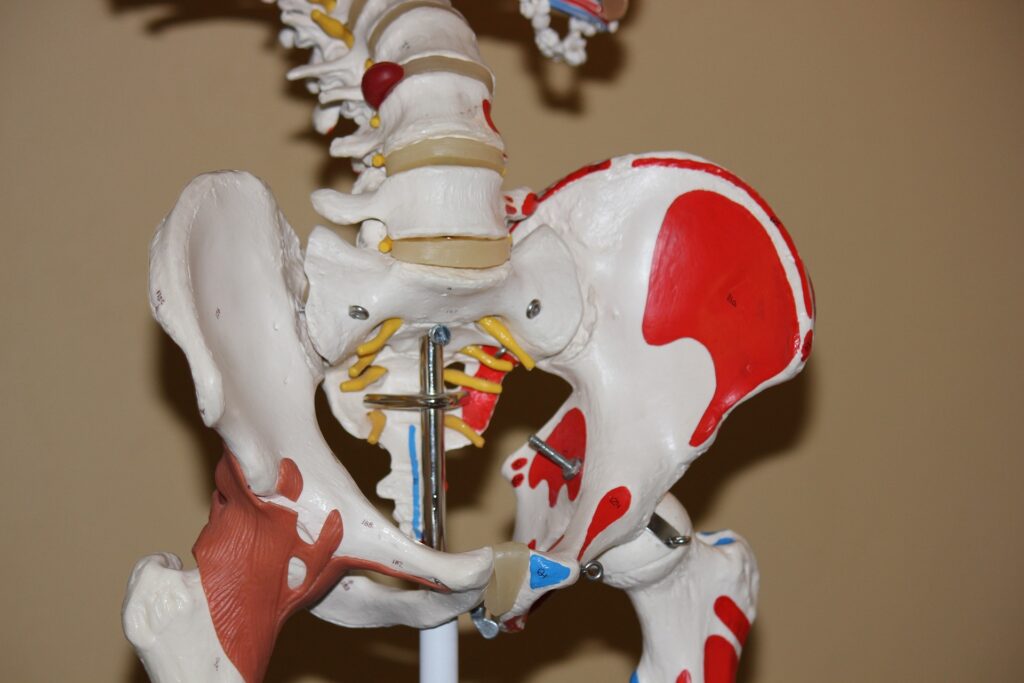
Hip pain can severely limit your mobility and quality of life.
If you have tried non-surgical treatments such as physical therapy, medications, or lifestyle changes without success, your doctor may recommend a Hip Replacement surgery.
This procedure involves replacing your damaged or worn-out hip joint with an artificial joint.
While Hip Replacement surgery has a high success rate, it is still a major surgical procedure that requires careful consideration.
Types of Implants for Hip Replacement
There are different types of implants that your surgeon may recommend for your HIP REPLACEMENT surgery. The most common types of implants include:
- Metal-on-Polyethylene (MoP) Implants: This type of implant uses a metal ball and a plastic socket.
- Ceramic-on-Polyethylene (CoP) Implants: This implant uses a ceramic ball and a plastic socket.
- Metal-on-Metal (MoM) Implants: This type of implant uses a metal ball and a metal socket.
- Ceramic-on-Ceramic (CoC) Implants: This implant uses a ceramic ball and a ceramic socket.
Your surgeon will recommend the type of implant that is best suited for your unique situation. Factors that may influence this decision include your age, weight, activity level, and the condition of your hip joint.
Risks and Benefits of Hip Replacement
As with any surgical procedure, Hip Replacement surgery carries certain risks and benefits.
Risks
- Infection: The risk of infection is low, but it can occur. Your surgeon will take steps to minimize this risk, such as administering antibiotics.
- Blood Clots: There is a risk of developing blood clots after surgery. Your surgeon may recommend blood-thinning medication or compression stockings to reduce this risk.
- Dislocation: There is a small risk of the new hip joint dislocating. Your surgeon will recommend precautions to minimize this risk, such as avoiding certain positions.
- Loosening: The artificial joint may loosen over time, requiring revision surgery.
Benefits
- Pain Relief: HIP REPLACEMENT surgery can significantly reduce hip pain and improve your mobility.
- Improved Quality of Life: After surgery, you may be able to return to activities that were once difficult or impossible due to hip pain.
- Longevity: Artificial joints can last for many years, providing long-term pain relief and improved mobility.
Recovery from Hip Replacement
Recovery from HIP REPLACEMENT surgery can take several weeks or months. The length of your recovery will depend on factors such as your age, overall health, and the type of implant used.
Immediately after surgery, you will spend several days in the hospital. During this time, your medical team will monitor your pain, mobility, and any potential complications.
After you are discharged from the hospital, you will begin a rehabilitation program. This program may include physical therapy, exercises, and medications to manage pain and inflammation.
It is important to follow your surgeon’s instructions carefully during the recovery process. This may include restrictions on certain activities, such as bending or twisting, and recommendations for activities that can help promote healing, such as walking or swimming.
FAQs
Q: How long will my new hip joint last?
A: The longevity of your new hip joint will depend on factors such as your age, activity level